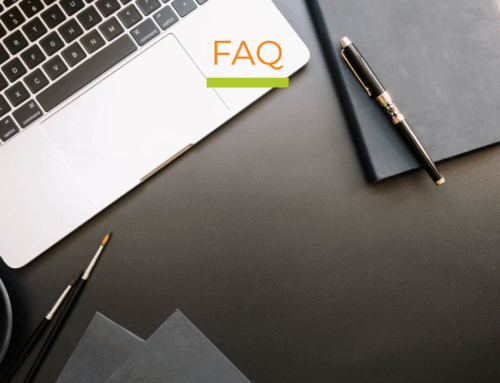Uncertainty in the workplace isn't a passing phase, but rather a new operating reality. Whether navigating organizational transformation, shifting political climates, generational tension, or the rapid introduction of AI into the workplace, leaders are increasingly called to manage ambiguity while maintaining momentum.
In our work with clients, we've seen firsthand how uncertainty erodes employee confidence. People want clarity, direction, and consistency – but leaders often don't have answers themselves. The result? Frustration, fatigue, and a growing sense of powerlessness.
So how can leaders help their teams stay grounded when everything around them feels up in the air?
- Acknowledge the Unknown
The instinct to avoid discussing uncertainty is common but counterproductive. Leaders don't need to have all the answers, but they do need to name what's happening. This builds trust and increases psychological safety.
As Dr. Jodi Detjen, one of our Managing Partners said, "It's not that people expect perfection. They expect presence. They want to know someone is paying attention and holding the big picture."
- Redefine Stability
Employees equate consistency with safety. Even if decisions are tough or temporary, knowing there's a clear framework creates stability. Leaders who communicate decision-making processes build credibility and reduce confusion, even during workplace change.
Stability isn't certainty. It's clarity of values, roles, and expectations.
- Empower Through Action
One of the most practical tools during uncertainty is agency. Identify what teams can control – priorities, habits, communication norms – and focus there. This helps re-engage people who feel stuck or directionless.
Even small steps can have big impact. When teams feel empowered, they contribute more actively to change management initiatives and are more likely to stay aligned with shifting goals.
- Lead with Self-Awareness
Uncertainty is draining, even for seasoned leaders. Those who demonstrate emotional intelligence – by reflecting on their own learning, showing vulnerability, and staying grounded – model resilience for their teams.
Self-aware leaders reduce emotional contagion. Their calm becomes contagious too.
This kind of leadership is critical in high-change environments and helps preserve culture through transition.
- Reinforce Psychological Safety
Uncertainty magnifies fear – of being wrong, overstepping, or speaking up. That's why psychological safety is non-negotiable. Leaders should make it safe to raise questions, challenge ideas, and share incomplete thoughts.
Organizations with high psychological safety see stronger employee engagement, more collaboration, and greater innovation – all essential in the face of the unknown.
Conclusion
Leading through uncertainty isn't about predicting the future. It's about being the kind of leader who helps others feel less alone in the fog. When teams trust the process, even an evolving one, they're more likely to stay aligned, resilient, and committed.
Next Steps
We help organizations build leadership capacity and team resilience during times of uncertainty and change. Let's explore how we can support your people and your strategy. Contact us for an initial conversation.
Contact Us





